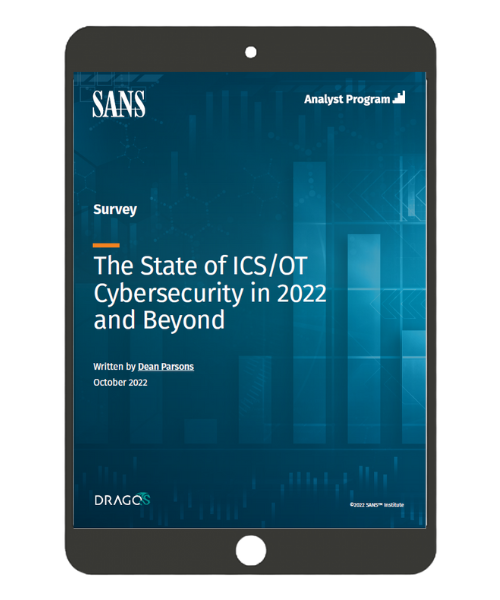The industrial control system (ICS)/operational technology (OT) security community is seeing attacks that go beyond traditional attacks on enterprise networks. Given the impacts to ICS/OT, fighting these attacks requires a different set of security skills, technologies, processes, and methods to manage the different risks and risk surfaces, setting ICS apart from traditional IT enterprise networks.
Adversaries in critical infrastructure networks have illustrated knowledge of control system components, industrial protocols, and engineering operations. From the previously observed impactful attacks, such as CRASHOVERRIDE in the electric sector, human machine interface hijacking through remote access in water management, and ICS-specific ransomware in the manufacturing and energy sectors, to the more recent Incontroller/PIPEDREAM, an advanced scalable attack framework targeting multiple ICS sectors, ICS/OT attacks are more disruptive with the possibility of physically destructive capabilities. Threat intelligence supports the fact that industrial security defenders across all sectors must address new challenges and face serious threats.
The 2022 SANS ICS/OT Cybersecurity survey results reveal several changes and significant focus on ICS operational improvements to defend our critical infrastructure into the future.

